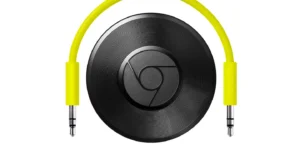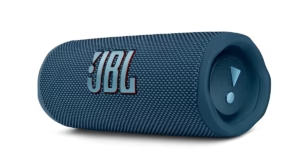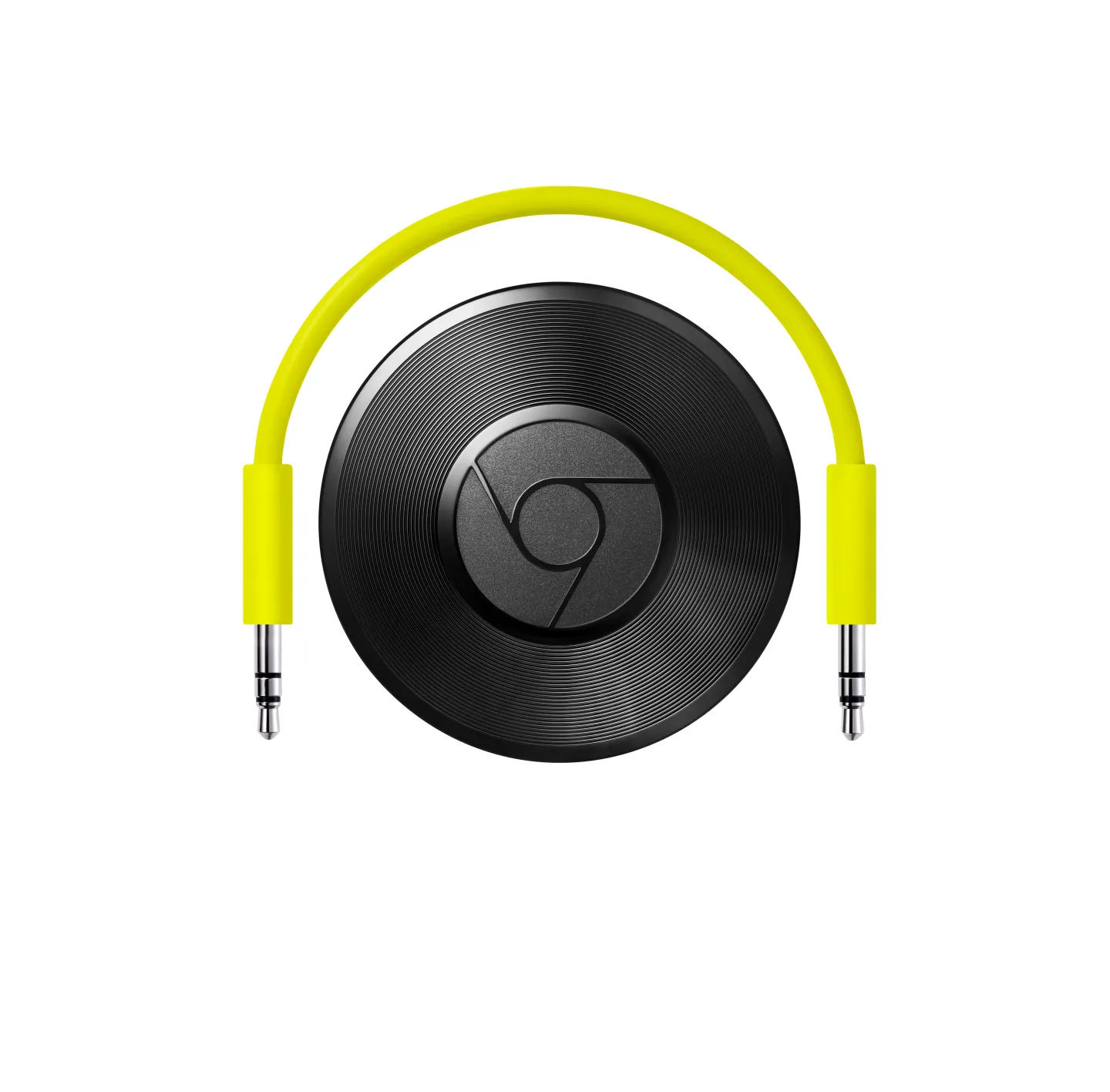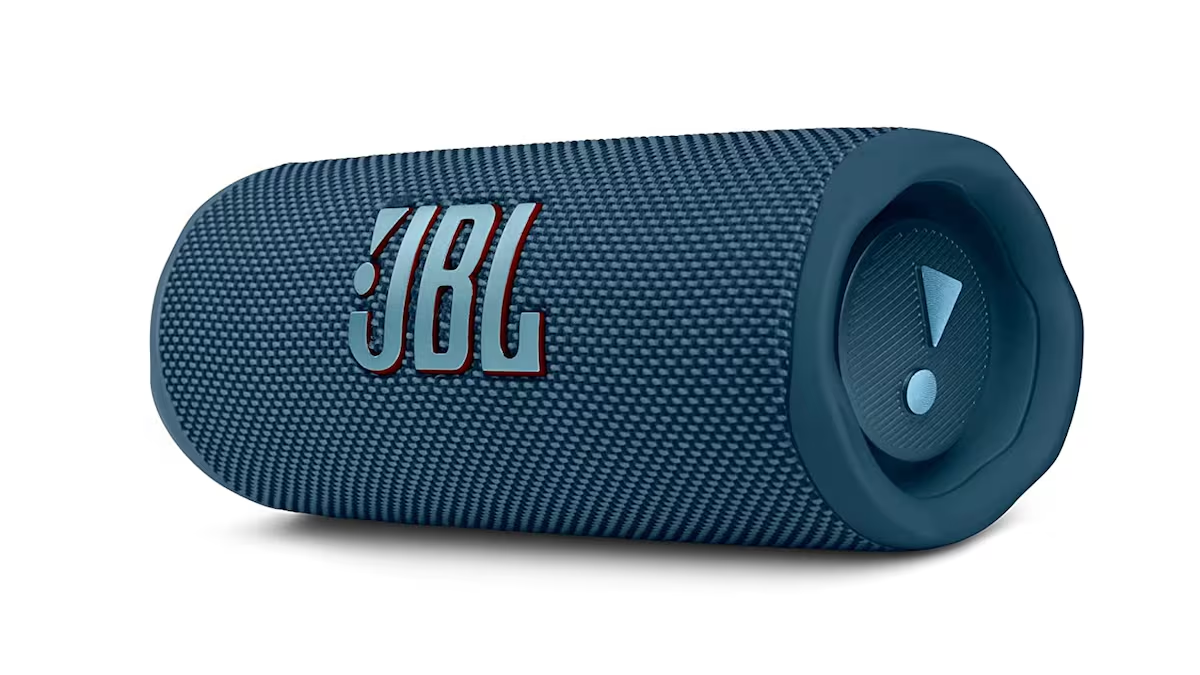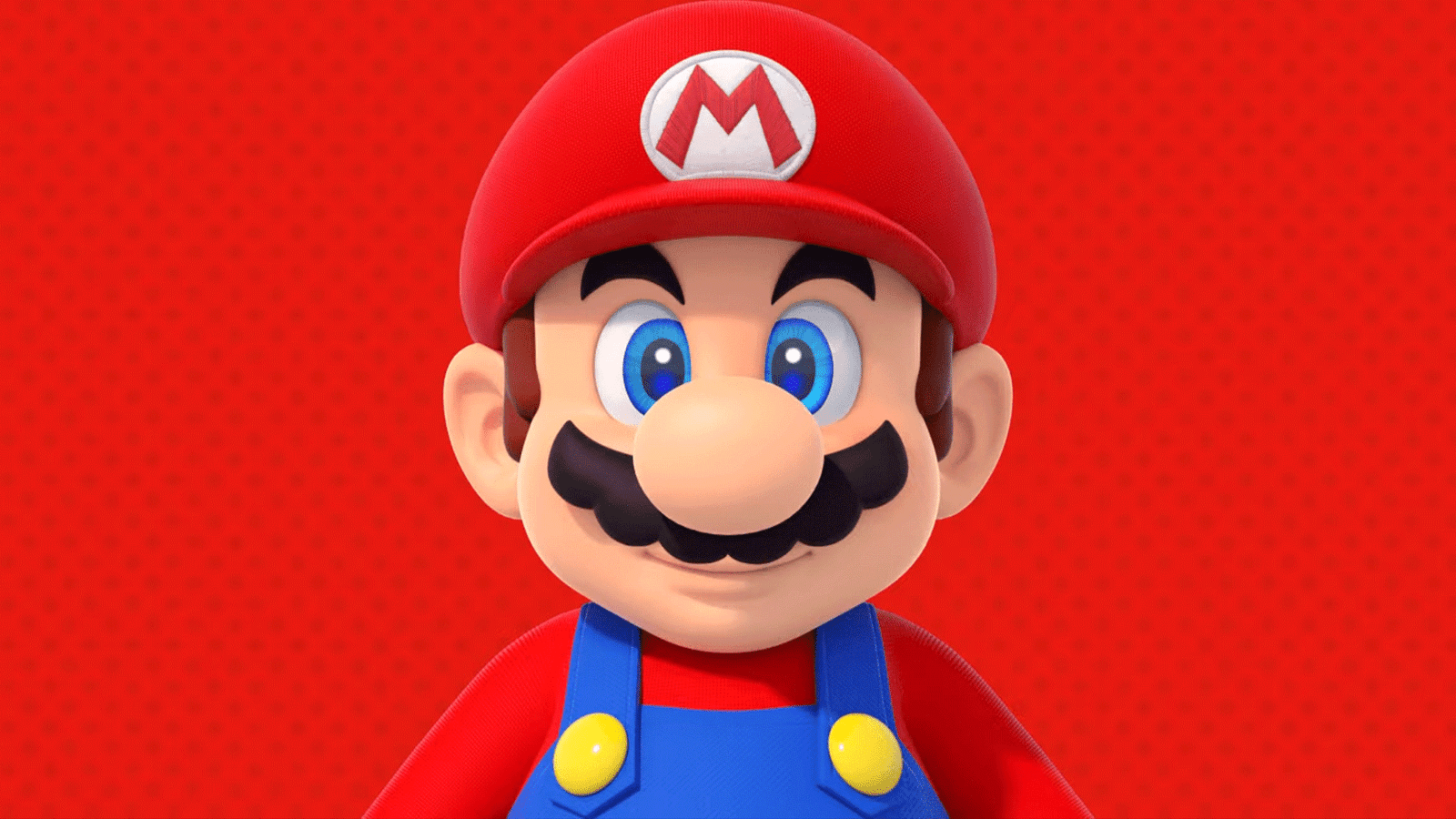Korean giant Samsung has officially launched the much-anticipated Galaxy Note 7. The device packs high-end specifications topped with features such as the S-Pen and the Iris scanner. Touted by Samsung as the ‘world’s most intelligent phone’, the device is out there to compete with the big boys.
We check out how it stacks up against the HTC 10. Hence, without much adieu, let’s get started with the comparison.
Design
The Galaxy Note 7 rocks the same design as the Galaxy S7 Edge, sporting a metal trim with a shiny glass back. However, it’s the first smartphone to use Gorilla Glass 5 for added protection. Compared to the Note 5, the Note 7 looks way more premium with its slightly curved display and improved ergonomics.
On the other hand, the HTC 10 rocks a slick aluminum body with a seamless metal unibody design which lends it a stunning look and feel.
Display and Size
Samsung Galaxy Note 7 sports a 5.7-inch QHD (2560×1440 pixels) Super AMOLED with Corning Gorilla Glass 5 while the HTC 10 gets 5.2-inch QHD resolution Super LCD 5 with Corning Gorilla Glass 3.
In terms of dimensions, the Galaxy Note 7 measures 153.5×73.9×7.9mm compared to HTC 10’s 145.9×71.9×9.0mm. When it comes to weight, the Galaxy Note 7 weighs in slightly higher at 169 grams compared to HTC 10’s 161 grams.
Hardware
Samsung Galaxy Note 7 features an octa-core Exynos 8890/ quad-core Qualcomm Snapdragon 820 processor bundled with 4GB of RAM. On the other hand, the HTC 10 gets a Quad-core Qualcomm Snapdragon 820 which comes bundled with 4GB of RAM.
In terms of storage, the Galaxy Note 7 comes with 64GB of built-in storage expandable up to 256GB via microSD slot. The HTC 10 comes with lower in-built storage at 32GB, though comes with a microSD storage option up to 2TB.
Camera

The Galaxy Note 7 comes with a 12MP ‘Dual Pixel’ rear camera with a large f/1.7 aperture, quick phase detection autofocus (PDAF), OIS, auto HDR and LED flash. On the front is a 5MP camera with f/1.7, 22mm wide-angle and auto HDR.
While the HTC 10 comes with a 12MP ‘Ultrapixel’ rear camera with laser autofocus, dual-tone LED flash, a f/1.8 aperture, and OIS. While there’s a 5MP front-facing shooter with a f/1.8, 23mm, autofocus, HDR, and OIS.
Battery
The Samsung Galaxy Note 7 comes with a 3500mAh non-removable battery with quick wireless charging, while the HTC 10 gets a 3000mAh non-removable battery with Quick Charge 3.0
Features
One of the highlights of the Note 7 is the Iris scanner, which can give the device an extra layer of security. It can be used to unlock the phone or files and images you have in your secure folders. The Note 7’s S-Pen has also improved as its tip is just 0.7mm compared to last year’s 1.6mm. It also gets IP68 certification which means the device is resistant to damage from dust and water. There’s also a USB-Type C reversible port for charging and transferring files.
The HTC 10 features the new BoomSound Hi-Fi sound with one ‘woofer’ speaker at the bottom of the device and another front-facing tweeter housed on the top front. It also gets 24-bit/192kHz hi-res audio support and an amplifier which further bolsters sound quality for your headphones. HTC’s 10 Sense UI is a pure delight. It’s clean and has a great look. And just like the Note 7, the HTC 10 also gets the latest USB-Type C charging port.
Wrap-Up
We are yet to try the new Galaxy Note 7, though the device appears fantastic by whatever we’ve seen so far. It features a much-improved design compared to its predecessors and looks more premium with its glass and metal body. Besides, it also rocks an Iris scanner gets the IP68 certification which means you can easily use it while taking a shower or when out in the rain. The S-pen appears to be more precise than ever at just 0.6mm. It does appear to have all the tools you’d want in a modern day smartphone, and we are really stoked about its India launch.
That said, even the HTC 10 is solid smartphone across the board with its fantastic screen, great design and its delightful Sense UI. It did bring HTC back in the game as its earlier flagships have struggled to compete against offerings from Apple and Samsung.


